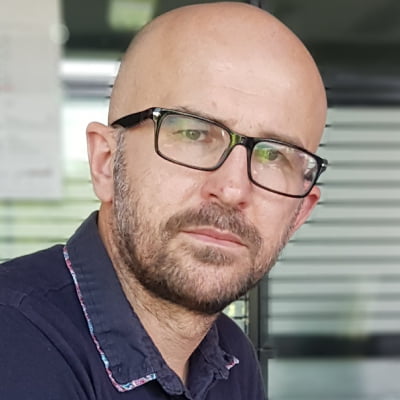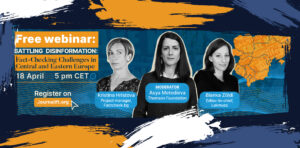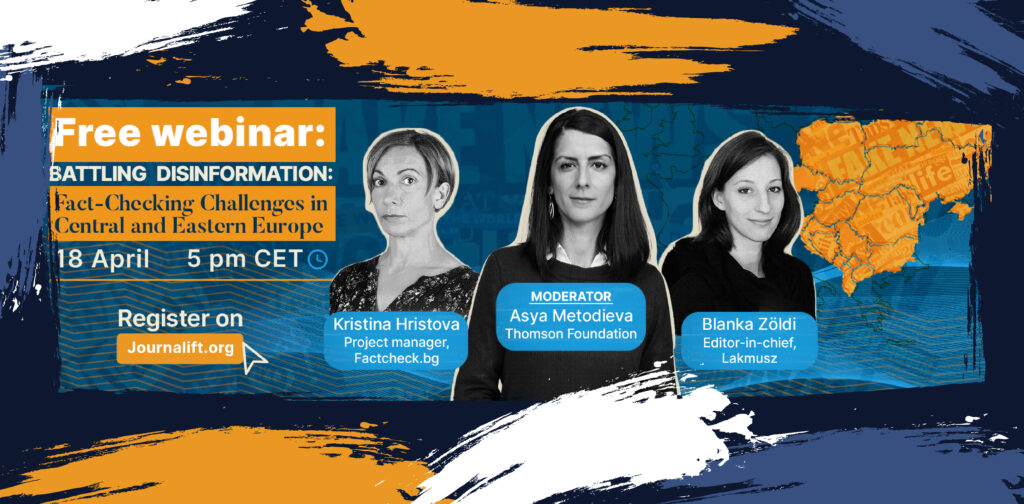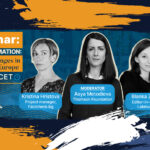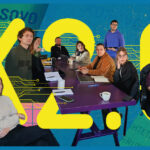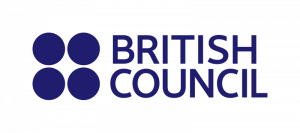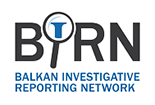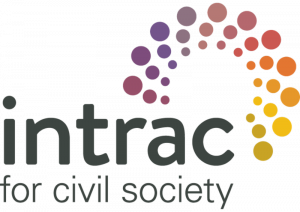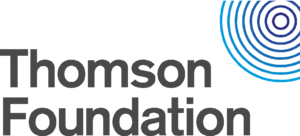“President Barack Obama was born in the United States. Period,” Donald Trump said during his attempt to enter the White house in the late summer of 2016. For years, he claimed that Obama was born in Kenya, which would have obvious consequences, because the American president must be born in of one of the American federal states. If it were not so, both of his mandates would be based on a false assumption. Trump insisted on that for a very long time, in fact as long as he needed it in a campaign full of fake news that, in the end, helped him trumendously to get the presidency.
The lie which was the basis for the so-called birther theory has been debunked eight years before Trump pulled it back. The truth was confirmed by the journalists of the US newsrooms, but in 2008 the experts for checking and establishing the facts of fact checking platforms, which were still rare at the time, worked quite diligently on it. The internet was nowhere near to what it offers today, so PolitiFact fact-checkers had to work hard to find Obama's birth and marriage certificates, driver's licenses, title deeds or certificates of impunity… A year later, they received the Pulitzer Prize, among other things, for exposing the lies on which birther theory was based, but even more so for following the campaign for the election which Obama won for the first time and fulfilling the 514 promises he made before the elections.
Obama's choice has put fact-checking platforms in the spotlight, although some of them, in this modern form (because some reputable media outlets had special fact-checking departments), have existed for years (the first platform, FactCheck, was launched in 2003). During that first phase, they were mainly working on verifying the veracity of the politicians' allegations and the fulfilment of their election promises. But Trump's campaign and his entry into the White House, the campaign for Britain's exit from the European Union (Brexit), but also other events from around the world, led to a real expansion of debunking portals that no longer only dealt with the credibility of political messages but also lies and manipulation that were at the root of the phenomenon of fake news, which did exist before, but was boosted by web portals and social networks.
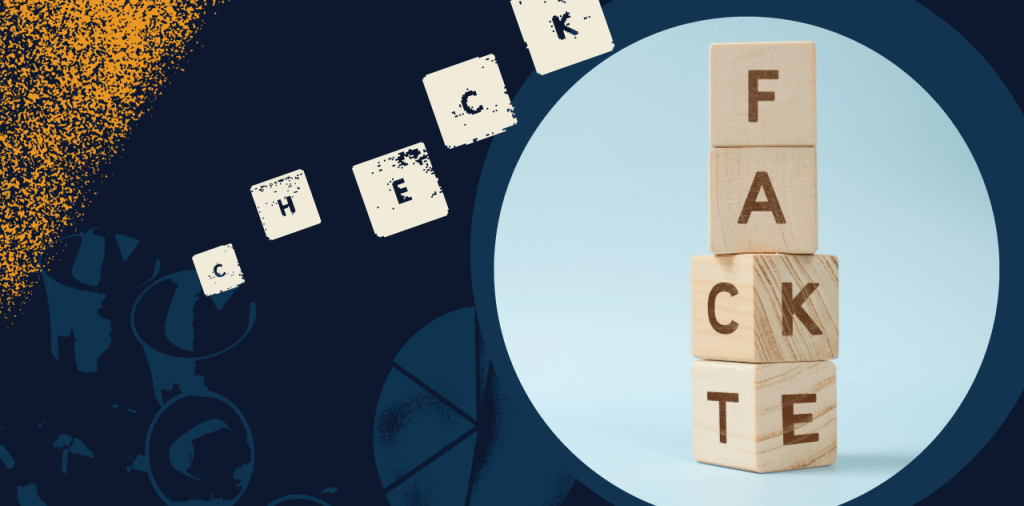
Discipline of verification as a foundation
Fact-checking platforms have never lacked work, because they have faced and continue to face lies in the news, misinformation, disinformation and malicious information, spins and manipulations in all their forms. By comparison, two years before Brexit and Trump's entry into the White House in 2014, there were 44 such platforms in the world; their number climbed to 113 in 2016; at the end of 2021, there were a total of 349, which is eight times more than seven years ago, and most of them actually emerged as independent or NGO projects.
Regardless of whether they are related to an NGO, higher education institution or media outlet, fact-checkers, like journalists, deal with what the essential meaning of journalism is, which, according to Bill Kovach and Tom Rosenstiel, is a discipline of verification. The two professions and two approaches have many similarities, but also numerous differences. Fact-checkers are mainly working on checking and identifying, putting in a certain context and explaining what journalists, especially "anti-journalists" (those who produce fake news and deal with fake journalism; concepts: Turčilo and Buljubašić) publish; on the other hand, media outlets when reliable, verified, credible information can certainly rely on fact-checking platforms.
Fully verified information, obtained from all relevant sources and illuminated from every aspect, is exactly the way fact-checkers bring it. It can also be the starting point, an important source or an important segment of a new story, of a new research. Such information, which fact-checkers call an "unproblematic fact", can become a safe foundation for any potential good journalistic story. And there won't be any mistakes.

Forgotten 'check, then publish' rule
Journalists check the information before publication; fact-checkers do so after it is published. Journalists process and transmit information; fact-checkers analyse their veracity and accuracy.
The difference between the two professions and what they are dealing with (or should be dealing with) could be explained like that. But it's not all that black and white.
An unintentional mistake is always possible and should be respected and forgiven if it happens, but when problematic and manipulative content that is fundamentally false is intentionally placed - there must be no forgiveness. And such sources should be put on the "pillar of shame" (in various forms and under various names) that almost every fact-checking platform has. This also informs the public which media outlets use dishonest affairs and which should not be trusted or given a minimum of time and attention, and which newsrooms are verified, reliable and adhere to professional and ethical work principles.
Unfortunately, modern journalism is faced every day with the same appeal for "return to the roots", i.e. the use of the basic principle of the profession, which is reflected in a clear formula - "check, then publish". However, many do the opposite, according to the "publish, then check" model. Therefore, the role of the fact-checker, who will check what has been published and thus contribute to the media scene and journalism being much better than they are today. is even more important.
There is no reason to doubt the professionalism, conscientiousness and ethics of fact-checking platforms, which can be (and are) a reliable source for users, especially journalists in newsrooms that do not have enough time to spend on checking every single fact (as it is said, mistakes, especially those unintentional, are always possible - and forgivable). It is the time, or better to say, the lack of time, that is the key justification and a frequent limiting factor in the work of media professionals. But it is better to be late, but to bring quality information, than to be the first and make a mistake.
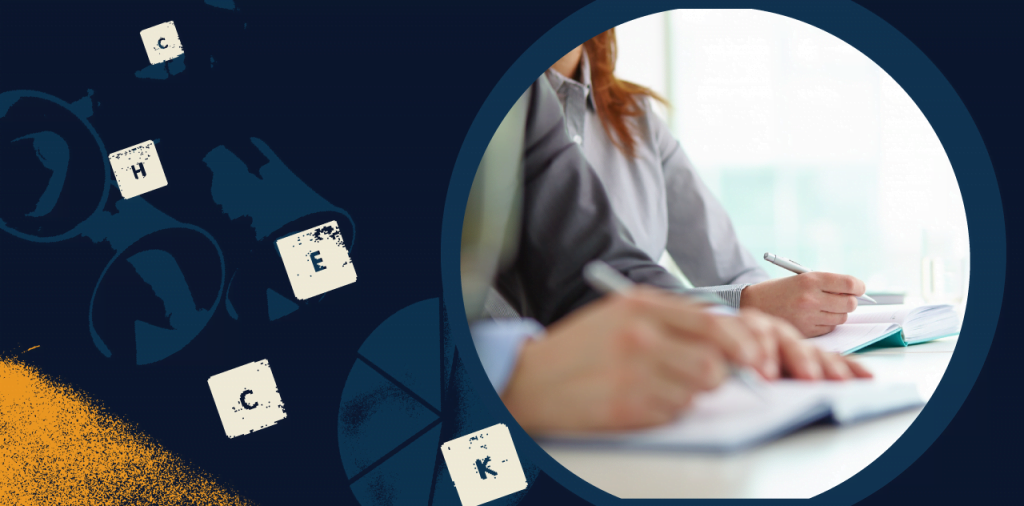
Useful work for the community
Every profession has its own codes of action and behaviour, which are in fact the rules that must be followed. It is the same with fact-checkers. In the first place, they are impartial and fair in their work in such a way that all information is checked in the same way, regardless of who it comes from. They clearly point to the sources they refer to so that the reader himself/herself can follow a certain path. In addition to the precisely stated methodology according to which they work, the organization is also visible, as well as the method of financing. And what is also very important is that everything they publish explains in detail, they are open to corrections, all in order to give the audience completely accurate and true information.
According to Maria Slijepčević, a professor at Zagreb's VEN University', from the seriousness and approach "the intention of [fact-checking] organizations around the world to be corrective in the principle of the media, which are often debatable in the field of transparency of their own business, financing and ownership" is evident. She also cites Reuters' report "The Rise of Fact-Checking Sites in Europe", which states that "independent information verification services are a new democratic institution with the commendable goal of promoting the truth in political discourse."
They are definitely doing useful work for the community, but the reach of fact-checking platforms on the internet is still quite small compared to many other portals, because audiences will more often strive for trivial content and easier reads than choosing to "get tired" of serious, studious, long forms which bring out the exposed lie (so it is with investigative journalism, after all).
In general, it would be much more useful for journalism if it would become "boring" again, that is, returning to its roots and constantly sticking to checking of the facts that must run in parallel with the collection of information. Although it is not easy to fight with a large amount of information, constantly imposing the pace in the newsroom, but also outside of it, especially when it comes from the competition. Regardless of all the difficulties, it is necessary to check before publication, adhere to professional standards because the reputation of the outlet in which they work depends on them, but also the trust of the audience that follows their work. No matter if they have in their subconsciousness that there is someone who will "clean up the mess" behind them, you should not rely on it because it is probably not pleasant when the text or article "dissects" and identifies omissions, inaccuracies, untruths, obvious manipulations.
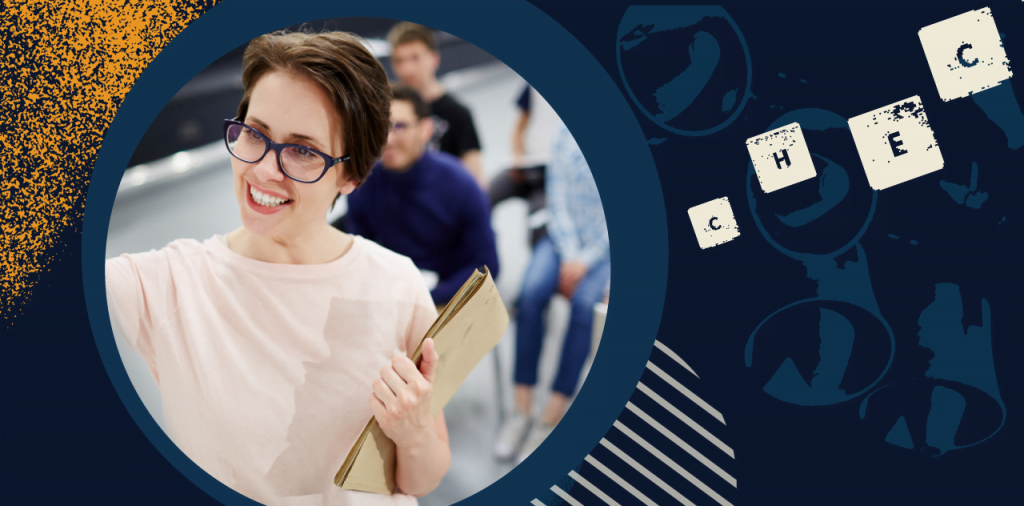
What should journalists keep in mind?
There is no simple formula, nor a recipe for how to convert some information, with all other supporting elements and necessary actions, into a certain media content adapted to a platform on which journalists publish their works. Also, the path to a completely "unproblematic fact" is not so easy, because there are very many obstacles on it. How can journalists bypass them?
First of all, they should have authentic, reliable and credible sources, but also honest informants. Each source and/or informant creates a problem for a journalist or newsroom if he/she approaches them "with a fig in their pocket", i.e. has hidden intentions or hides something, i.e. secrets, if he/she is biased or has concrete motives, if he/she requires anonymity and has no foundation for it... If the story goes wrong at the beginning, it will end up as a fact-checking analysis. Therefore, it is important to:
- be fully convinced of the credibility and relevance of the sources,
- thoroughly analyse available documentation, read and understand legal and other acts adopted by the authorities at all levels,
- study statistics and dive in research,
- contact other actors in society,
- follow social networks and identify useful, quality and reliable information there.
It is necessary for all collected data to be:
- checked in detail,
- identify all the facts,
- each note carefully "searched",
- have evidence for each claim and statement,
- consider whether there are certain interests and hidden actions,
- correct what is necessary in time,
- call again interlocutors and contact institutions if something remains unclear or suspicious,
- be sceptical of the data collected, assume nothing and be on your guard,
- thoroughly assess the material on the computer monitor, in video or audio format, on the papers lying on the table.
Even when they download information from secondary sources, therefore already published somewhere, journalists who need them to develop the story have to:
- carefully read/listen/view the entire post,
- check the author and the media that published it, their relevance, reliability and reputation,
- convince yourself of the reliability of their sources and what they talked about,
- find out if and how others have reported it,
- and think about everything again.
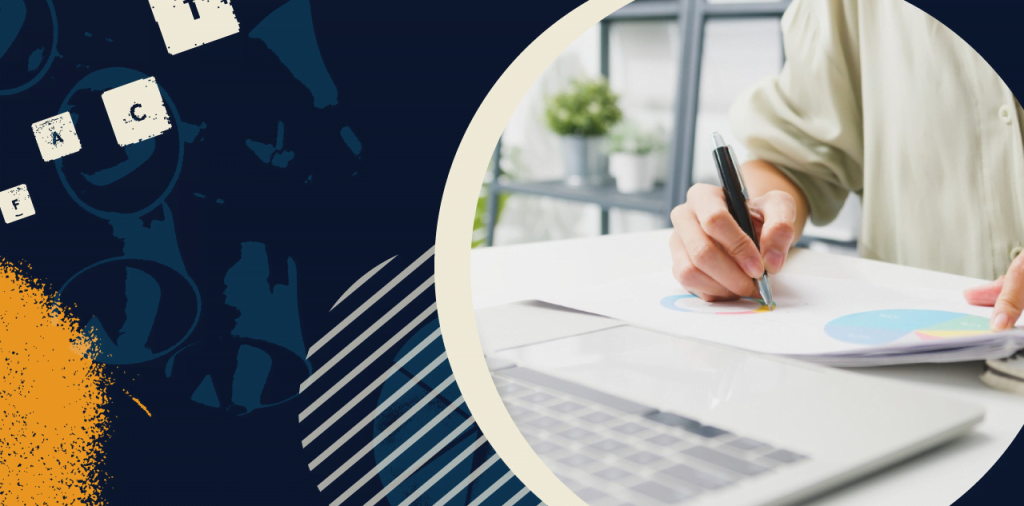
Use the skills and tools for debunking
In addition to all those techniques at your disposal and the experience you can rely on, it is necessary to "borrow" some skills and tools at disposal of fact-checkers, especially in checking information from portals and social networks. And start creating future media content and stick to all postulates, primarily the ethical ones, of journalistic profession.
When the whole job is done, and the media publication sees the light of day, reactions can be expected, but also remarks and warnings (from sources, actors of the story, those mentioned in the story or fact-checkers) that something is wrong, i.e. that it does not correspond to the truth. While correcting a newspaper error, on radio or television is quite complex and has its own rules, it is much simpler on portals and it is a general recommendation – not to hide it. The Fact-checking and online journalism manual, prepared by the Raskrinkavanje platform, makes a proposal for possible solutions in texts of web portals, and states that, of there was a material error, it is necessary to:
- put clear and visible notification that the error existed and that it is corrected
- correct an incorrect part of the text
- add a note informing readers about what it is, when and why it has been corrected
- notes should be visually extracted from the rest of the text, in the way that the media editorial board chooses (as an example of good practice, the New York Times and the Corrections section) state.
Similar notes are also suggested to be made if new information is added to the text, which does not represent correcting errors. If spelling or text formatting updates are made, notification is not necessary; if a serious material error has been made and the text does not fully correspond to the truth, denial and deletion of the article are necessary. All of the above apply to the publishing of content at issue on social media.
The last but not the least, it is obvious that two professions – journalism and forensics for fact-checking, as part of the scientific community calls them – are connected with each other. Since there is no ideal situation where all journalists are fully and conscientiously, professionally correct and to the last detail and beyond doubt check the information they reach, it is clear that there will be work for fact-checkers. Just like journalists, fact-checkers have become an important element of public space. Both of them joined together can therefore be on the right path of restoring the trust in the media.

